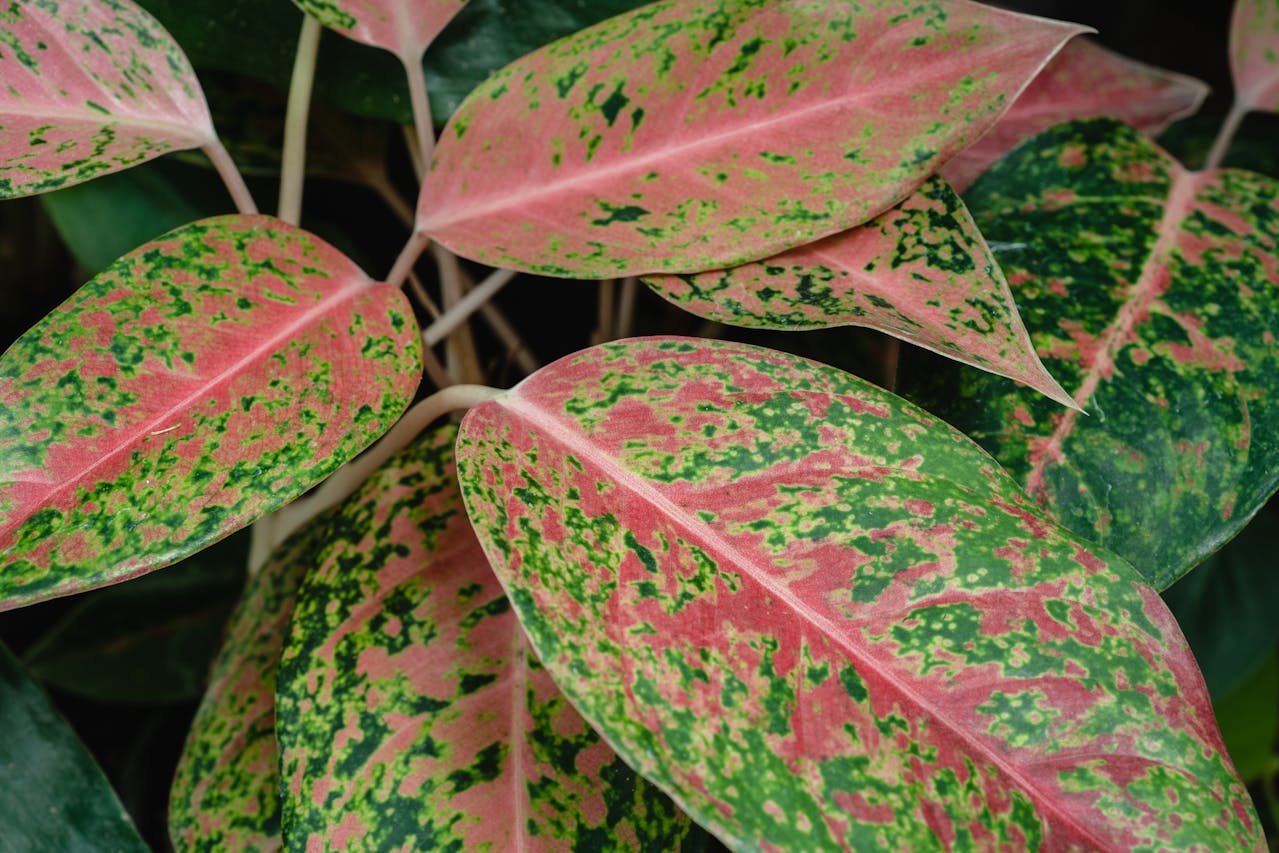Spider Plants (Chlorophytum comosum) are renowned for their graceful arching leaves and ease of care, making them a favorite among both novice and seasoned plant enthusiasts. While they are relatively low-maintenance, regular pruning plays a crucial role in keeping your Spider Plant healthy, vibrant, and aesthetically pleasing. Proper pruning not only enhances the plant's appearance but also promotes robust growth and prevents potential issues. This comprehensive guide provides essential tips and step-by-step instructions on how to prune Spider Plants effectively.
1. Why Prune Spider Plants?

Pruning Spider Plants is essential for several reasons:
- Promotes Healthy Growth: Removing dead or yellowing leaves encourages new growth and maintains the plant's vigor.
- Enhances Appearance: Pruning keeps the plant looking neat and tidy, preventing it from becoming leggy or overcrowded.
- Prevents Pests and Diseases: Regular pruning helps eliminate potential breeding grounds for pests and reduces the risk of fungal infections.
- Stimulates Air Circulation: Trimming excess foliage improves airflow around the plant, which is vital for its overall health.
Also Read- Creating A Cozy Indoor Garden With Spider Plants This Winter
2. When to Prune Your Spider Plant
Timing is crucial when pruning Spider Plants to ensure optimal health and growth:
- Spring and Summer: These are the best seasons for pruning as the plant is in its active growth phase, allowing it to recover quickly and produce new shoots.
- Early Fall: If necessary, pruning can also be done in early fall before the plant enters its dormant phase.
- Avoid Winter: Pruning during winter can stress the plant, as it is not actively growing and may take longer to recover.
3. Tools You’ll Need for Pruning

Having the right tools ensures that pruning is done efficiently and safely:
- Sharp Scissors or Pruning Shears: Clean and sharp tools prevent damage to the plant and reduce the risk of introducing infections.
- Disinfectant: Use rubbing alcohol or a bleach solution to disinfect your tools before and after pruning.
- Gloves: Protect your hands from any potential irritants or sharp edges.
- Clean Cloth or Paper Towels: For wiping down leaves and cleaning up after pruning.
Also Read- Spider Plants And Indoor Lighting: Ensuring Healthy Growth
4. Step-by-Step Pruning Guide
Follow these steps to prune your Spider Plant effectively:
Step 1: Inspect Your Plant
Examine your Spider Plant thoroughly to identify dead, yellowing, or damaged leaves. Also, look for any crowded areas that may benefit from thinning.
Step 2: Prepare Your Tools
Disinfect your scissors or pruning shears with rubbing alcohol or a bleach solution to prevent the spread of diseases.
Step 3: Remove Dead or Yellowing Leaves
- Identify the Base: Locate the base of the dead or yellowing leaf where it meets the main stem.
- Make a Clean Cut: Using your disinfected tool, cut the leaf at the base, ensuring a clean and precise cut to promote healing.
Step 4: Thin Out Overcrowded Areas
- Assess Density: If your Spider Plant is becoming too dense, select a few of the oldest or least healthy leaves to remove.
- Space Out the Leaves: Pruning these leaves will allow better light penetration and airflow, encouraging new growth.
Step 5: Trim Long or Leggy Stems
- Encourage Bushiness: Cutting back long, leggy stems can encourage the plant to produce new, fuller growth.
- Promote New Shoots: Pruning these stems can stimulate the development of baby Spider Plants, also known as “pups.”
Step 6: Clean Up
- Remove Debris: Collect and dispose of all pruned leaves and stems to prevent pests and diseases.
- Wipe Down Leaves: Gently clean the remaining leaves with a damp cloth to remove dust and enhance photosynthesis.
Also Read- Spider Plants And Temperature Fluctuations: Maintaining Optimal Growth
5. Aftercare Tips Post-Pruning

Proper aftercare ensures that your Spider Plant recovers quickly and continues to thrive:
- Watering: Water the plant lightly after pruning to help it recover, but avoid overwatering.
- Lighting: Place the plant in a bright, indirect light area to promote healing and new growth.
- Humidity: Maintain adequate humidity levels, especially during dry seasons, to support the plant’s recovery.
- Fertilizing: Resume regular fertilizing after a week or two to provide essential nutrients for new growth.
6. Common Pruning Mistakes to Avoid
Avoid these common pitfalls to ensure successful pruning:
- Using Dull Tools: Dull scissors or shears can crush the stems instead of making clean cuts, leading to damage and infections.
- Pruning Too Much: Over-pruning can stress the plant. Remove only what is necessary to maintain health and appearance.
- Ignoring Plant Health: If your Spider Plant is showing signs of severe distress or disease, address the underlying issues before attempting pruning.
- Pruning During Dormancy: Avoid pruning during the plant’s dormant phase, as it can hinder recovery and growth.
7. Benefits of Regular Pruning

Regular pruning offers numerous advantages for your Spider Plant:
- Enhanced Aesthetics: Keeps the plant looking lush, green, and well-maintained.
- Improved Air Circulation: Prevents the buildup of stagnant air around the foliage, reducing the risk of fungal infections.
- Healthier Growth: Encourages the development of new shoots and vibrant leaves, ensuring the plant remains vigorous and robust.
- Pest Control: Eliminates potential hiding spots for pests, keeping the plant pest-free.
Conclusion
Pruning Spider Plants is a simple yet vital practice that significantly contributes to the plant’s overall health and beauty. By following these expert tips and maintaining a regular pruning schedule, you can ensure your Spider Plant remains a stunning and thriving addition to your indoor garden. Remember to always use clean tools, prune at the right times, and provide proper aftercare to maximize the benefits of pruning.













Leave a comment
This site is protected by hCaptcha and the hCaptcha Privacy Policy and Terms of Service apply.